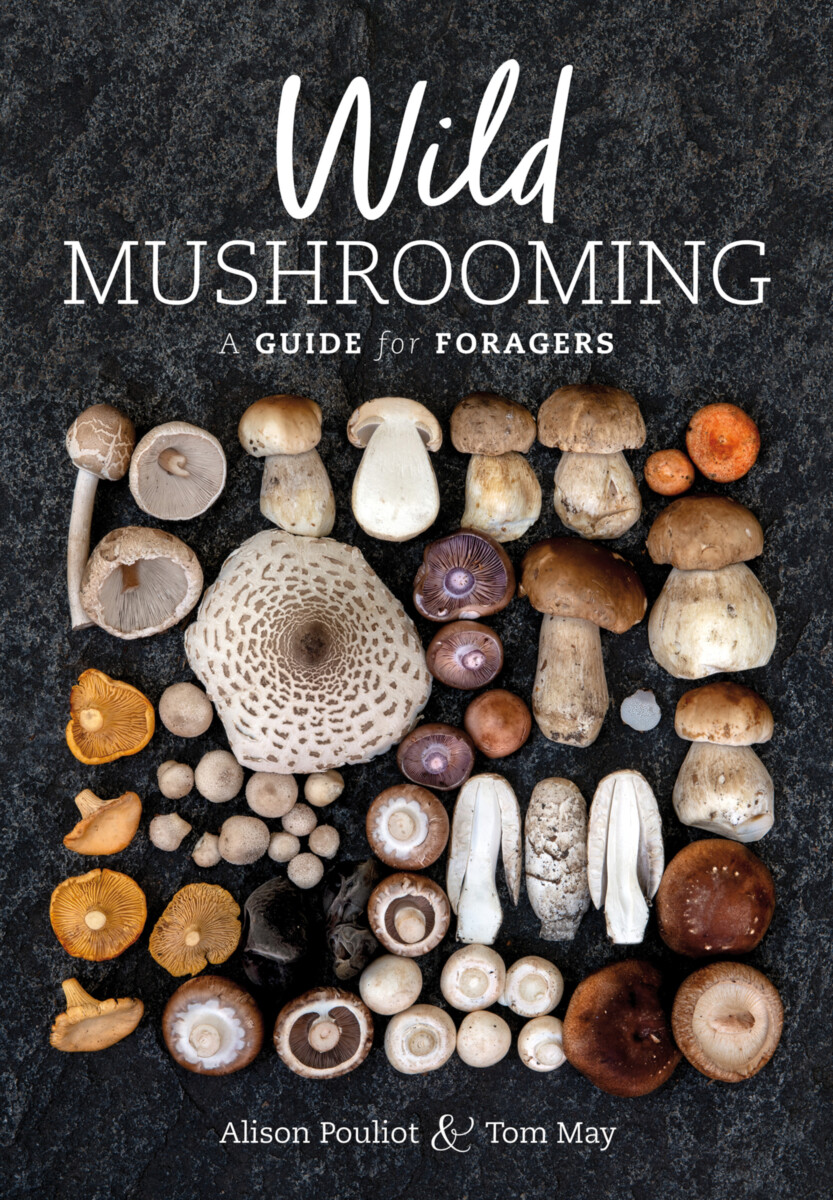EXCELLENCE IN SCIENCE PUBLISHING
Wild Mushrooming
A Guide for Foragers
- Publisher
CSIRO Publishing - Published
15th May 2021 - ISBN 9781486311736
- Language English
- Pages 320 pp.
- Size 6" x 9"
- Images 413 color photos & 2 illus.
Fungi are diverse, delicious and sometimes deadly. With interest in foraging for wild food on the rise, learning to accurately identify fungi reduces both poisoning risk to humans and harm to the environment. This extensively illustrated guide takes a "slow mushrooming" approach – providing the information to correctly identify a few edible species thoroughly, rather than many superficially.
Wild Mushrooming: A Guide for Foragers melds scientific and cultural knowledge with stunning photography to present a new way of looking at fungi. It models "ecological foraging" – an approach based on care, conservation and a deep understanding of ecosystem dynamics.
Sections on where, when, and how to find fungi guide the forager in the identification of 10 edible species. Diagnostic information on toxic fungi and lookalike species helps to differentiate the desirable from the deadly. Wild Mushrooming then takes us into the kitchen with cooking techniques and 29 recipes from a variety of cuisines that can be adapted for both foraged and cultivated fungi.
Developing the skills to find fungi requires slowness, not speed. This guide provides the necessary information for the safe collection of fungi, and is essential reading for fungus enthusiasts, ecologists, conservationists, medical professionals and anyone interested in the natural world.
Features:
- Provides basic guidance on how to find, collect, identify and prepare 10 edible wild fungus species
- Includes details on known poisonous fungi to avoid, as well as common lookalikes to edible species
- Discusses the diversity, ecological significance and conservation of Australian fungi
- Illustrated with captivating color photographs, including a variety of images for each species to assist with identification
- Includes 29 recipes that readers can follow using foraged or cultivated fungi
- Covers both native Australian fungi and species that have been introduced to Australia.
Acknowledgements
Disclaimer
1 – The rise of wild mushrooming in Australia
2 – What fungi are
3 – Fungi in Australian biodiversity conservation
4 – Major groups of fungi
5 – Features of fungi
6 – Names and identification
7 – Finding fungi
8 – Poisonous fungi
9 – Edible fungi and their lookalikes
10 – Fungi in the kitchen and on the table
Glossary
Further reading and resources
Index
Alison Pouliot
Alison Pouliot is an ecologist and environmental photographer with a focus on fungi. She is active in Australian and international fungal conservation and her writing and images appear in both academic and popular literature. Alison’s fungus forays, which she conducts across both hemispheres, attract a range of people from foragers and philosophers to rangers and traditional owners. Her recent book The Allure of Fungi poses fundamental questions about human-fungus liaisons.
Tom May
Tom May is a mycologist who has spent more than four decades getting to know Australian fungi. He has published widely on fungal taxonomy, ecology and conservation in scientific and popular literature, including checklists of Australian fungi and a key to genera of Australian mushrooms (FunKey). He is active in international mycological groups such as the Nomenclature Committee for Fungi and in community natural history organizations, founding Fungimap in 1995. He was awarded the Australian Natural History Medallion in 2014.


